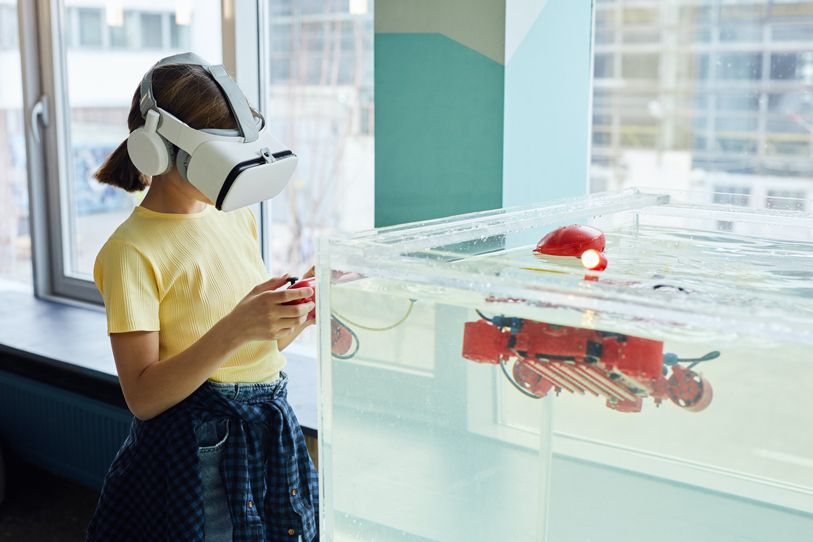The Midjourney revolution: how is it transforming artificial intelligence?
The leading image-generating artificial intelligence programme celebrates its two-year anniversary. From creativity opportunities to risks related to misinformation, the pros and cons of a revolutionary tool
On July 12th, Midjourney celebrated its second anniversary. Founded by David Holz, the text-to-image artificial intelligence algorithm is transforming the image industry thanks to its realism and attention to detail in the creation of visual content, often with surprising effects.
From the saving of time and resources guaranteed by generative AI to the debate on the future of information, art, and photography, as well as the professions linked to them, in just two years since its introduction Midjourney has put us before the need to consider the challenges and possibilities that await us in a future increasingly characterized by the use of this technology
At the heart of the revolution
Indeed, Midjourney is revolutionizing the art and photography industry, making headlines for generating images that are both fascinating and unsettling, like the photo of Pope Francis wearing a long white puffer jacket or the hyper-realistic shots of Donald Trump’s mock arrest, which are apparently so authentic that they look real. These examples show how AI can be fallacious and easily used to spread disinformation.

Simplicity at the heart of success
But what truly makes Midjourney popular is that users do not need to know anything about digital graphics or Photoshop: all you have to do is enter the right text commands in the prompt and wait a few moments for the image you want to appear.
This raises questions about the future of industry professionals, who will be forced to reinvent themselves in the face of a new industrial revolution. Nonetheless, while exploring the many available paths, the role of the human factor in adding value through artistic interpretation and the ability to integrate new technologies remains indispensable. Not only does this process reaffirm the importance of human ingenuity, but it also opens up new horizons, expanding the limits of art and visual communication in the contemporary world.
Beyond appearances
The use of Midjourney also requires serious reflection on the impact of artificial intelligence on our society, the opportunities it offers, and its limits, to avoid alarming outcomes.
Using AI to create images that look like real photographs creates almost insurmountable problems regarding the credibility of information and introduces the need to equip people with self-protection systems to distinguish between what is real visual information, and what may seem real but has been created using techniques and methods that are completely unrelated to traditional 'testimonial' representations of a fact.
Despite the preventive actions taken by various AI algorithms to avoid the spread of fake news and deepfakes, it is crucial to remain critical and aware. The ability to discern between reality and manipulation has become crucial in the digital age, where misinformation can spread rapidly and influence the perceptions of large segments of the population.
Who is afraid of Artificial Intelligence?

Image created with Midjourney for the Bollettino Generali
Roberto Koch, publisher, photographer, and organizer of photography-based cultural events, has given serious thought to this subject in his article ‘Who’s Afraid of Artificial Intelligence?’ written for the Bollettino Generali, which analyzes the current and future implications of AI in the world of photography.
“The problem we have to address – Koch writes – is how to equip the reader with the right tools to examine different information products, and to critically identify uncertain or dubious elements. Of course, when analysing any image, one should remember that, almost by definition, photographs always lie because they depict a representation, not the truth. So a healthy dose of suspicion certainly does not hurt. Another important factor to consider is the credibility and authority of the author of the images we are looking at.”
According to Koch, authors who are already considered credible for other reasons tend to provide more reliable information, compared to lesser-known and less trustworthy subjects. Thus, it remains necessary to carefully examine sources to develop a more complete and critical view of the visual information we encounter. “What can really help us make this distinction, however, is understanding the use of the term ‘intelligence’ and verifying how it is used in image processing and production,” Koch adds.
What intelligence really is about
“Intelligence is a uniquely human function, which is composed of various aspects. One of these aspects, which AI is unable to provide, is a healthy sense of flexibility and elasticity that shines through in the objective examination of any intelligent or highly intelligent behaviour. Cognition in this sense is almost exclusive to flesh-and-blood human beings whose actions are guided by their minds, not by abstract algorithms. Only through experience can autonomous judgement help us to guide and direct research.”
Human and artificial intelligence are thus two different languages, each with its peculiarities and limits. Today, we see them engaged in a dialogue that forces us to use the tools at our disposal wisely, so that the understanding of both languages can promote awareness and guide us in a future that will be increasingly characterized by the impact of new technologies. Because, as Koch concludes, it is essential to “ensure that future developments can be managed with intelligence, perhaps human rather than artificial.”
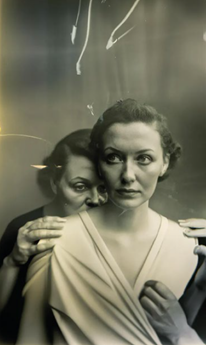
“Pseudomnesia: The Electrician”, created by German photographer Boris Eldagsen with artificial intelligence, won the "Sony World Photography Award”. Sfollowing the announcement of his victory, Eldagsen decided to turn down the award, stating that he could not accept it since AI is not photography.
If Midjourney and similar algorithms are revolutionising the creative industry with automatic image generation through AI, another recent development made possible by this technology is Image Recognition. A tool that has a direct impact also on the insurance industry, improving efficiency, reducing costs, and transforming customer relations.
Image Recognition applied to the insurance industry
Image Recognition is an application included in Computer Vision technologies, aimed at identifying an object or feature in an image or video. It is used for various activities such as defect detection, diagnostic imaging, and security surveillance. It can speed up image processing or increase accuracy compared to manual inspection.
Image Recognition is profoundly transforming the insurance industry as well, offering advanced solutions that improve efficiency, reduce costs, and increase customer satisfaction. Thanks to the application of such technologies, insurance companies can analyse visual data quickly and accurately, optimising numerous key processes in different areas.
Damage analysis following natural disasters or extreme weather events
In the event of natural disasters, the use of drones and satellite images allows for rapid damage assessment. These technologies enable the identification of affected areas and estimate the extent of damage, significantly speeding up responsiveness and claims settlement.
Even during and after extreme weather events, image recognition allows for real-time monitoring of affected areas. This enables immediate damage estimates and facilitates the distribution of all necessary resources. Insurance companies can thus better manage claims and prevent fraud related to reported damages, ensuring a timely and efficient response to emergencies.
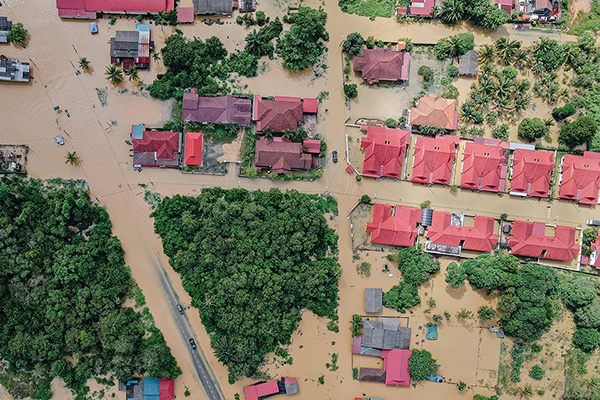
Credits: Pok Rie for Pexels
Vehicle damage estimation
Similarly, images of damaged vehicles following car accidents can be analysed to accurately determine the amount of compensation due and identify any fraud attempts. This not only improves the efficiency of the entire claims management process but also ensures that compensation is fair and accurate.
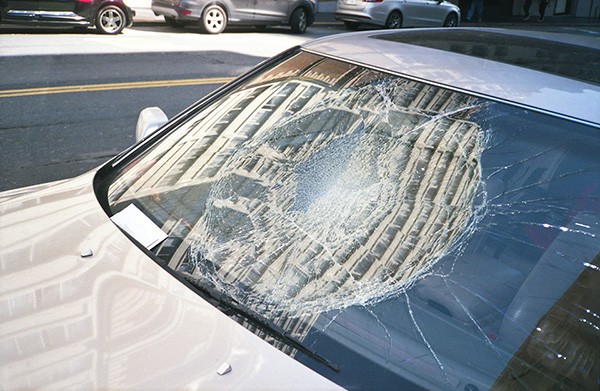
Credits: Will Creswick for Unsplash
Property value assessment and policies in agriculture
Satellite images and artificial intelligence can also be used to evaluate the characteristics of real estate properties. This approach improves risk management and the underwriting process, offering a more precise evaluation of properties.
In the agricultural sector, the same technologies provide detailed data on crops, weather conditions, and landscape changes, including meteorological phenomena. These data are essential for optimising policy prices and risk assessments, ensuring that farmers receive coverage tailored to their needs.
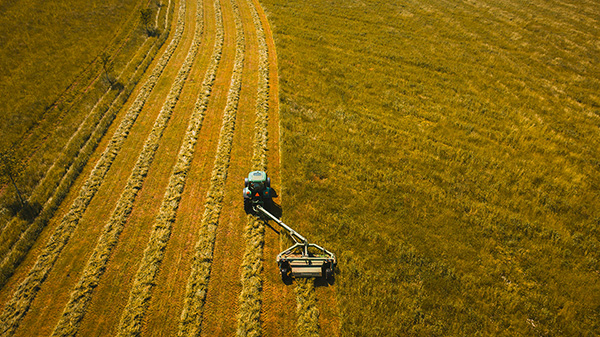
Credits: Kelly for Pexels
Medical field
AI, machine learning, and computer vision have also brought significant technological advancements in the medical and scientific fields, supporting research and enabling advanced and precise analyses and diagnoses. Image recognition helps in fact reduce the time needed for diagnoses, ensuring accuracy and precision, especially in oncology.
This also includes the use of health apps and wearable devices. The HealthTech sector, which refers to the use of technology to improve the delivery, payment, and utilization of health services, is having a significant impact on the insurance field: thanks to data from HealthTech applications, more in-depth information on patient health can be obtained, promoting prevention through more accurate risk assessments and enabling personalized insurance solutions, consequently improving well-being, reducing costs, and optimizing the customer experience.
Customer experience
Image Recognition significantly improves the customer experience, enabling faster and more efficient underwriting and claims settlement processes. Customers can send images of documents or damages directly to their insurer, receiving responses and approvals in very short times. Not only does this innovative approach optimise the internal processes of insurance companies, but it also offers new opportunities to improve risk management and customer satisfaction.
The integration of Image Recognition technologies in the insurance sector represents a significant advancement, capable of improving evaluation accuracy, reducing response times, and providing customers with the assistance they need. This is a commitment that Generali pursues in line with its ambition to be a Lifetime Partner for its customers, listening to them, understanding their needs, and providing the most suitable products and services.


